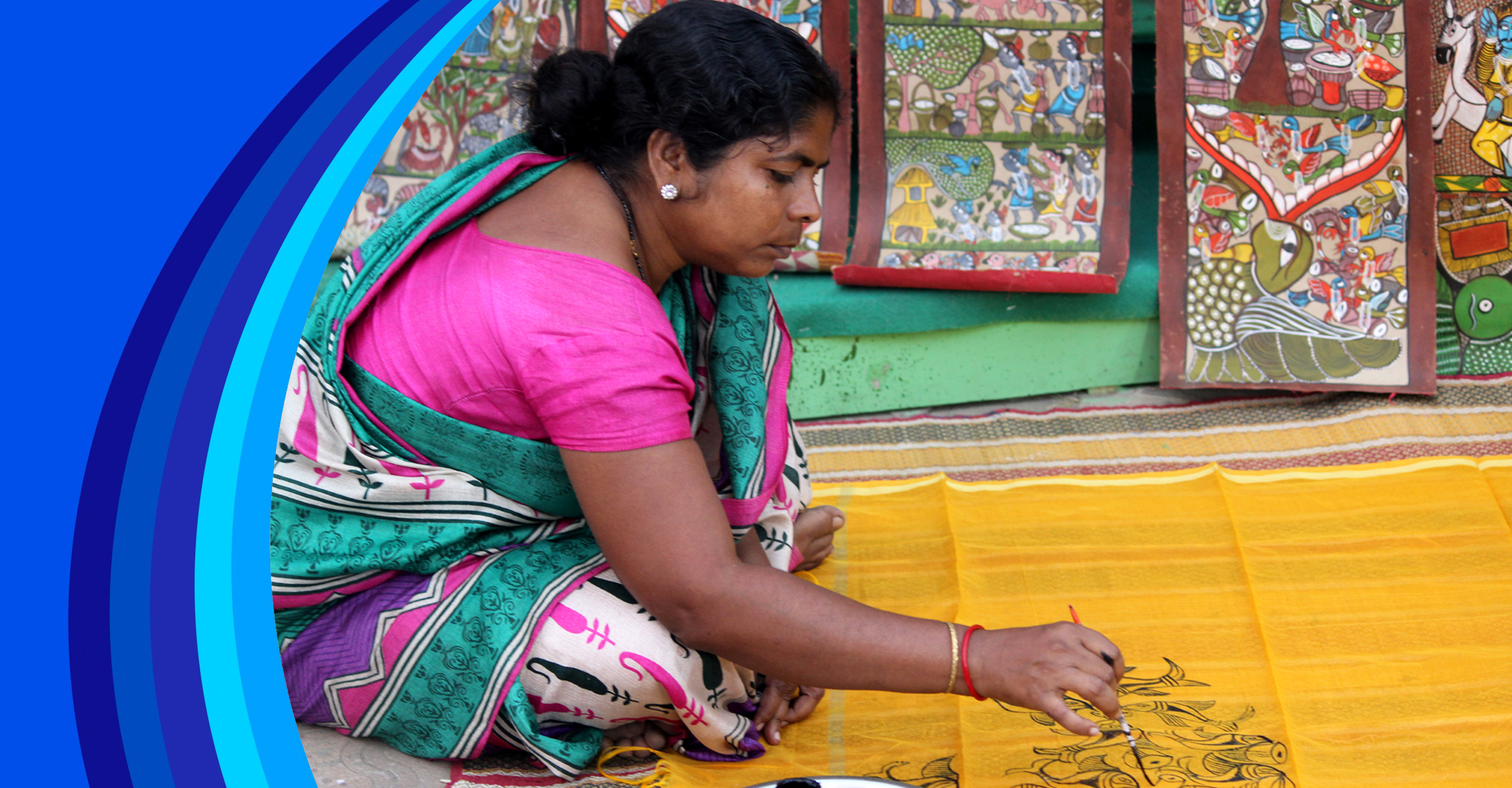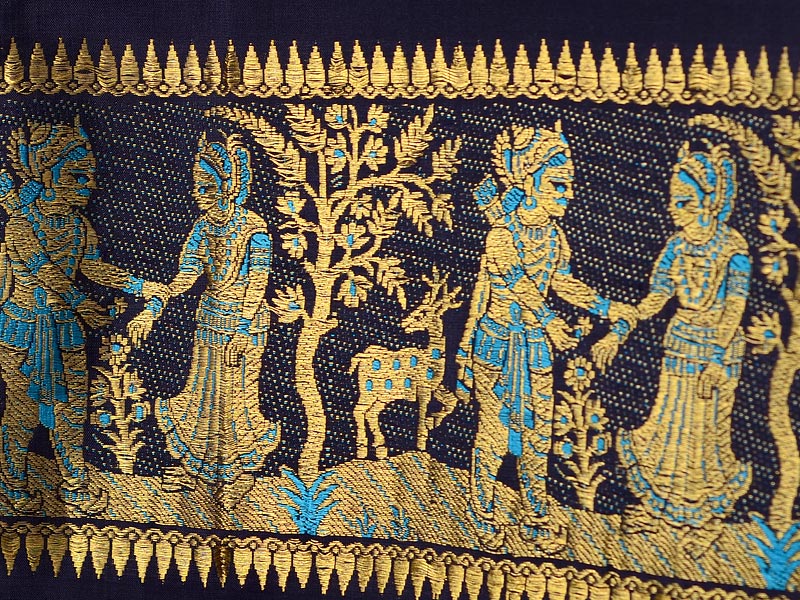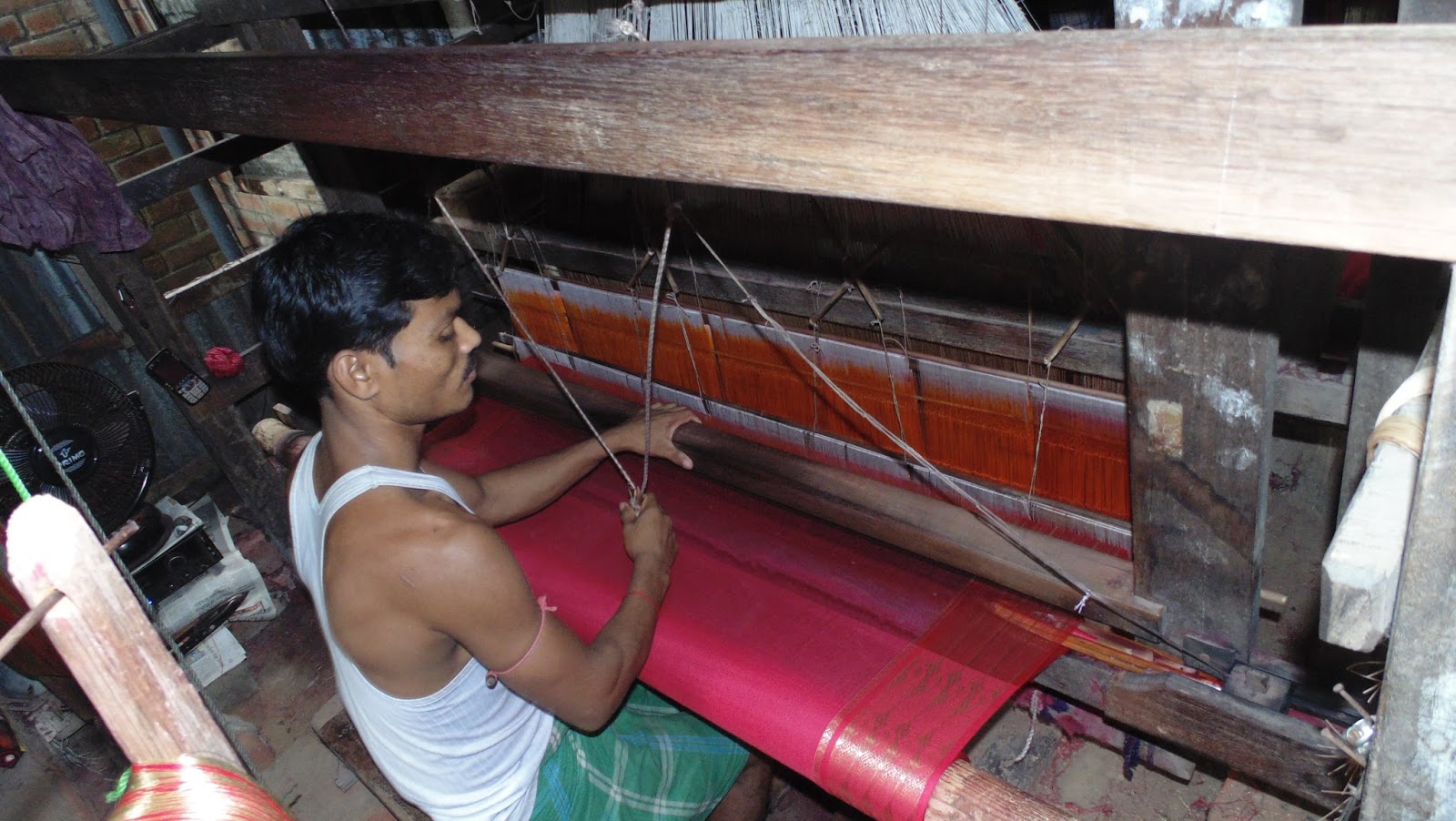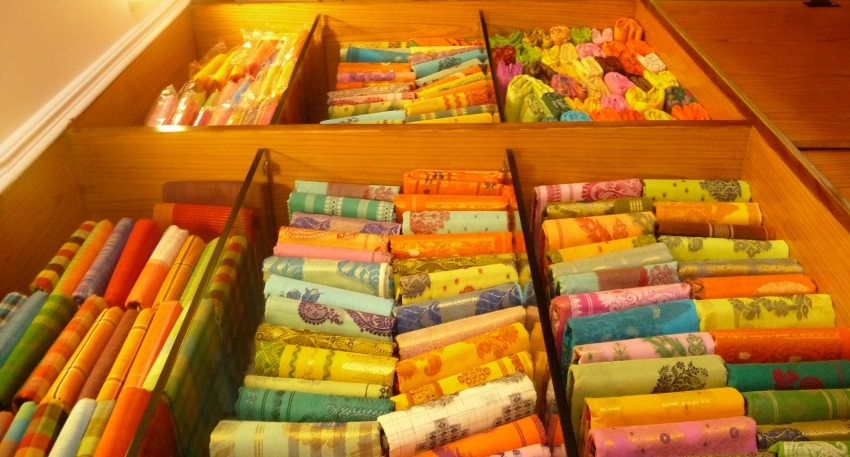For the first time since its inception, Manjusha, the State’s handicrafts development corporation, has made an operational profit, amounting to Rs 3.87 crore, during the fiscal year 2015-16. The corporation also witnessed its highest-ever business turnover during this fiscal, amounting to Rs 46.75 crore.
After the change of guard in the State, Chief Minister Mamata Banerjee had taken up a series of programmes to give a facelift to micro, small and medium scale enterprises (MSME) in the State. Special emphasis was laid on Manjusha and Tantuja (the State’s handloom weavers’ co-operative). Steps were taken to ensure better management of the quality of products, creation of a wider product base, better management of the organisations and setting up of e-commerce facilities.
Manjusha was established in 1978. Over the past 37 years, this is the first time that the corporation has witnessed a profit, and it does not include any subsidy by the Government.
Tantuja has been churning out profits for the last three consecutive years. During 2015-16, it made a profit of Rs 3.3 crore, when the total business turnover stood at Rs 123 crore.
The introduction of the Biswa Bangla brand has set a mark and has helped immensely in the marketing of handicrafts and handloom products. It has resulted in a sharp increase in the demand for products made by artisans from different parts of the State.
৩৭ বছর পর লাভের মুখ দেখল মঞ্জুষা
এই প্রথমবার ৩৭ বছর বাদে ২০১৫-১৬ আর্থিক বছরে মঞ্জুষা ৩ কোটি ৮৭ লক্ষ টাকা লাভ করে। এই বছরেই মঞ্জুষার মোট বিক্রির পরিমান ছিল ৪৬ কোটি ৭৫ লক্ষ টাকা।
২০১১ সালে মুখ্যমন্ত্রী প্রথমবার ক্ষমতায় এসেই তাঁত শিল্পের অগ্রগতির বিষয়ে উদ্যোগী হন। গত পাঁচ বছরে মঞ্জুষা ও তন্তুজ আর্থিকভাবে বিশাল লাভবান হয়। জিনিসের গুনুগতমান ভাল করা, সংগঠনের ভাল ব্যবস্থাপনা এবং ই-কমার্স সুবিধা নিশ্চিত করার জন্যও ব্যবস্থা নেয়া হয়েছে।
মঞ্জুষা স্থাপিত হয় ১৯৭৮ সালে। গত ৩৭ বছরে সরকারি ভর্তুকির ওপর নির্ভর করেই ছিল সংস্থাটি। ২০১৫-১৬ আর্থিক বছরে মঞ্জুষার লাভের পরিমাণ ৩ কোটি ৮৭ লক্ষ টাকা।
২০১৫-১৬ আর্থিক বছরে তন্তুজের লাভের পরিমান ছিল ২ কোটি ৫০ লক্ষ টাকা। মুখ্যমন্ত্রী মমতা বন্দ্যোপাধ্যায় ক্ষমতায় আসার পর আর্থিক বছরে তন্তুজের লাভের পরিমান ছিল ২৫ লক্ষ টাকা সেখান থেকে ৩কোটি ৩০ লক্ষ টাকা লাভের মুখ দেখতে সক্ষম হয়েছে তন্তুজ।
পশ্চিমবঙ্গ সরকারের বিশ্ব বাংলা ব্র্যান্ড হস্তশিল্প ও তাঁত পণ্য বিপণনে অত্যন্ত সাহায্য করেছে। এর ফলে রাজ্যের বিভিন্ন অংশে এইসব পণ্যের চাহিদা বৃদ্ধি পেয়েছে।









